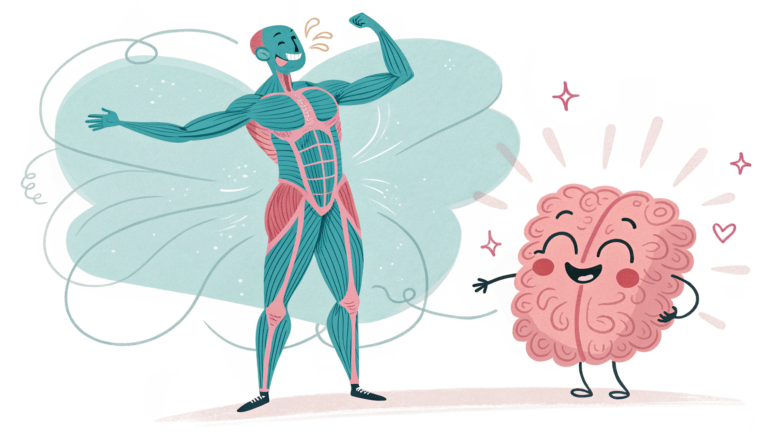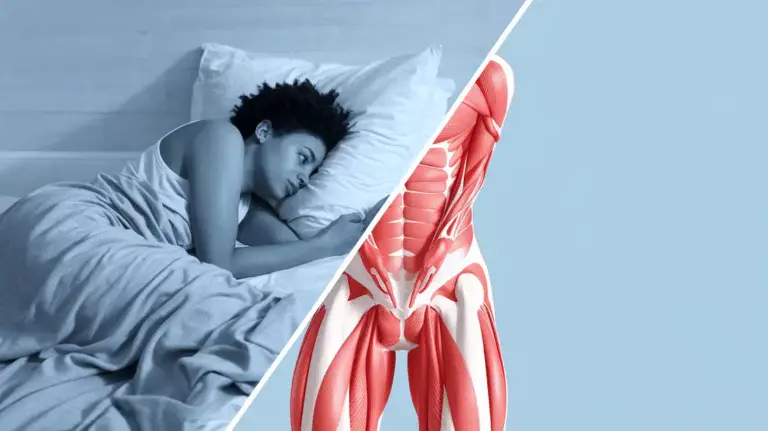Imagine starting your day feeling limber and ready to tackle anything.
You bend down to pick up your morning coffee without a groan, and your walk to work feels effortless.
But for many of us, this scenario seems like a distant dream.
Tight hip flexors, those muscles at the front of your hip that help you bend and lift your legs, can wreak havoc on our daily lives, limiting our flexibility and causing discomfort.
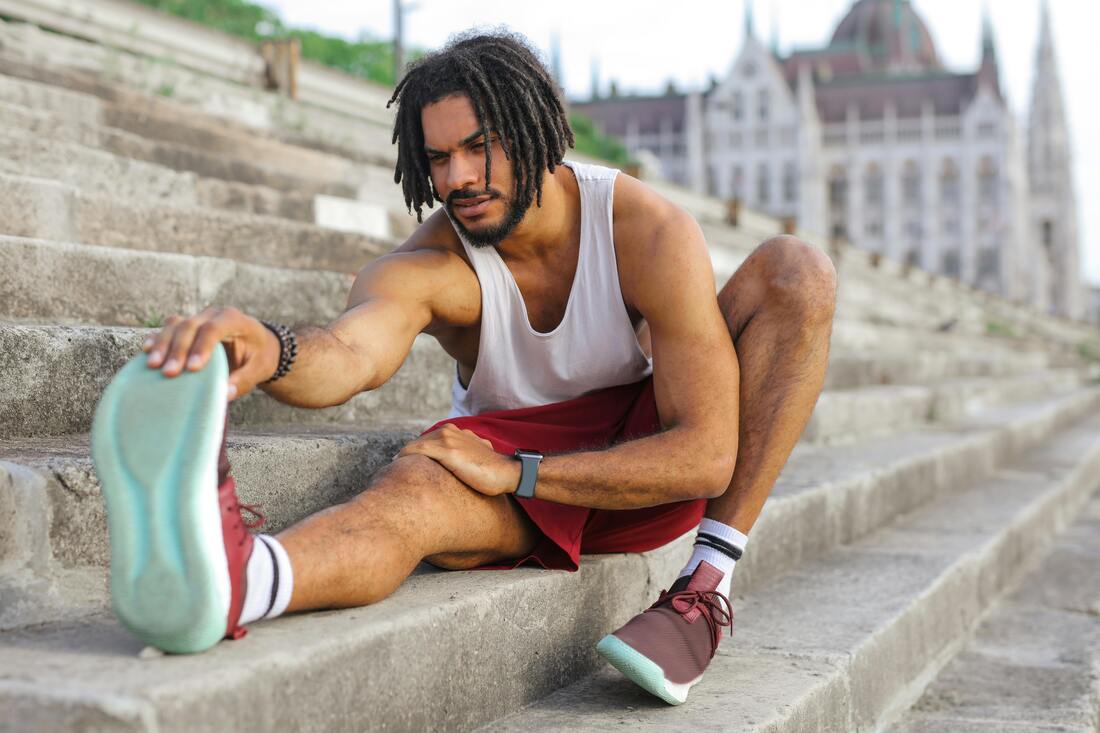
The good news?
You don’t have to dedicate hours to stretching or hit the gym every day to prevent tight hip flexors.
By incorporating some simple habits into your daily routine, you can keep your hips happy and mobile – all without breaking a sweat.
This guide dives into the world of hip flexors, exploring the causes of tightness and how to prevent it through everyday activities.
We’ll unveil practical tips you can seamlessly integrate into your day, answer frequently asked questions, and empower you to move with ease and confidence.
Key Takeaways
- Tight hip flexors can significantly limit your flexibility and contribute to pain in your lower back, knees, and even affect your posture.
- Simple changes to your daily routine can effectively prevent tight hip flexors, improving your overall mobility.
- These everyday habits include maintaining good posture, incorporating mindful movement throughout the day, staying hydrated, stretching regularly, and being mindful of your sitting position.
- Consulting a healthcare professional for personalized guidance can be beneficial, especially if you experience persistent pain or tightness.
Understanding Your Hip Flexors: The Movers and Stabilizers
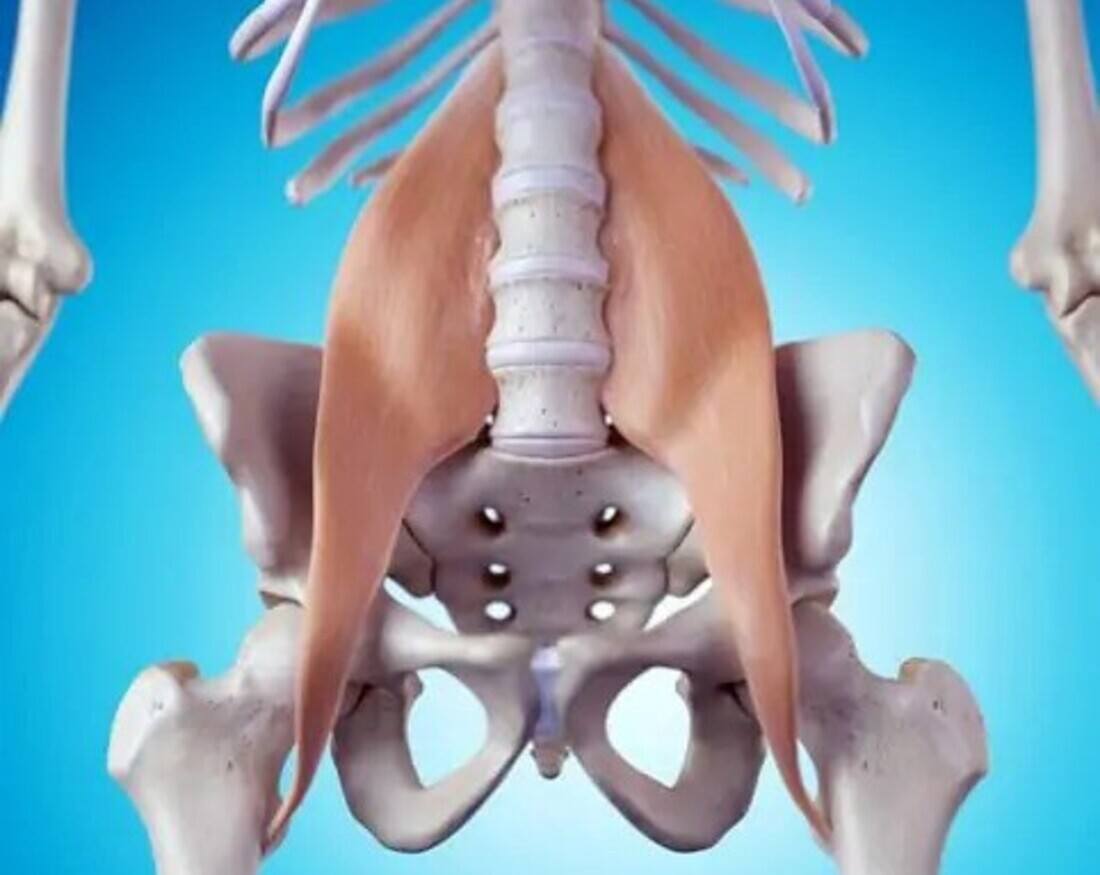
Your hip flexors are a group of muscles located at the front of your hip joint.
They play a crucial role in various movements, including:
- Hip flexion: Lifting your thigh towards your chest, essential for activities like walking, running, and climbing stairs.
- Pelvic stability: Supporting and stabilizing your lower back and pelvis during movement.
- Posture: Maintaining proper spinal alignment and preventing excessive lower back curvature.
The Downside of Tight Hips: When Flexibility Fades

When hip flexors become shortened and tight due to prolonged sitting, repetitive activities, or other factors, they can pull on your lower back and alter your biomechanics, leading to a cascade of issues:
- Reduced Range of Motion: Limited hip flexion can make simple activities like bending over to pick something up or tying your shoes a challenge.
- Lower Back Pain: Tight hip flexors can pull on your lower back, causing discomfort and tightness in the lumbar spine.
- Knee Pain: When your hip flexors are tight, they can alter your biomechanics, putting extra strain on your knees and potentially contributing to pain.
- Poor Posture: Tight hip flexors can cause your pelvis to tilt forward, leading to a swayback posture and potential back pain.
- Muscle Imbalances: Tightness in one hip flexor compared to the other can create imbalances in your core and pelvic region, affecting overall stability and movement patterns.
Preventing Tight Hips: 5 Daily Habits for Long-Term Mobility
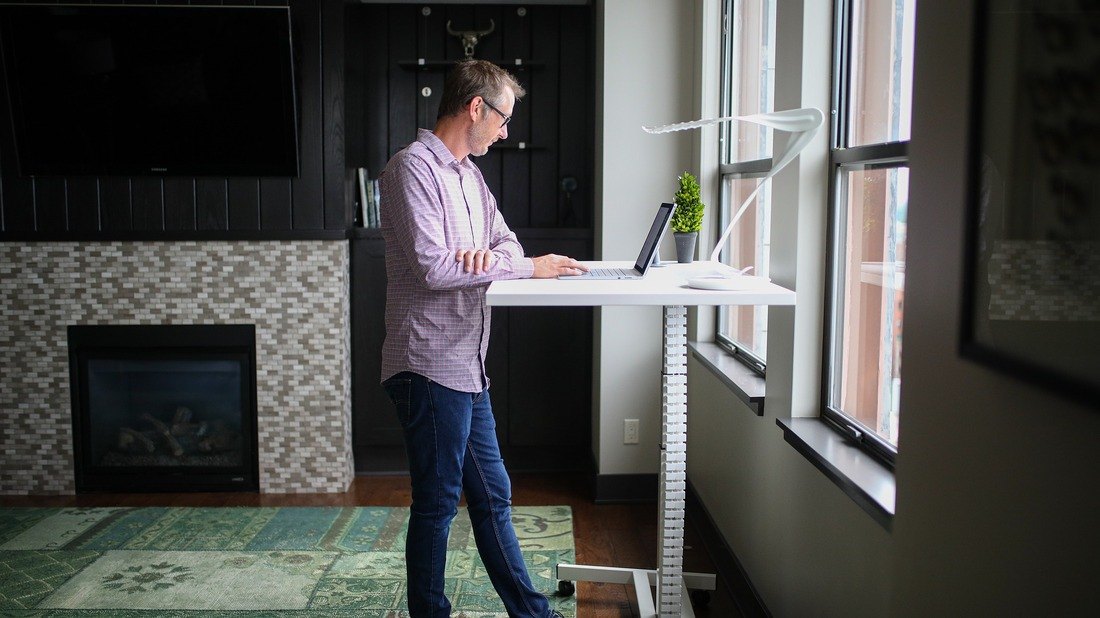
Now that you understand the downsides of tight hip flexors, let’s explore five simple yet effective habits you can incorporate into your daily routine to prevent them:
1. Maintain Good Posture Throughout the Day
Good posture keeps your spine aligned and prevents excessive strain on your hip flexors.
Here are some tips:
- Stand tall: Imagine a string pulling you up from the crown of your head.
- Keep your shoulders back and down.
- Engage your core muscles slightly.
- Avoid slouching or hunching over your computer or phone.
- Set reminders on your phone or computer to check your posture throughout the day.
2. Embrace Mindful Movement Throughout Your Day
Sitting for extended periods shortens your hip flexors.
Here’s how to incorporate movement:
- Take short breaks: Get up and walk around every 30-60 minutes to interrupt prolonged sitting.
- Do desk stretches: Perform gentle stretches like arm circles, shoulder rolls, and hip rotations while seated at your desk.
- Park further away: Add a few extra steps to your daily routine by parking further away from your destination.
- Take the stairs: Opt for the stairs instead of the elevator whenever possible.
3. Stay Hydrated
Proper hydration is crucial for muscle health and flexibility.
Aim to drink plenty of water throughout the day to keep your hip flexors functioning optimally.
4. Stretch Regularly (Even Just a Little!)
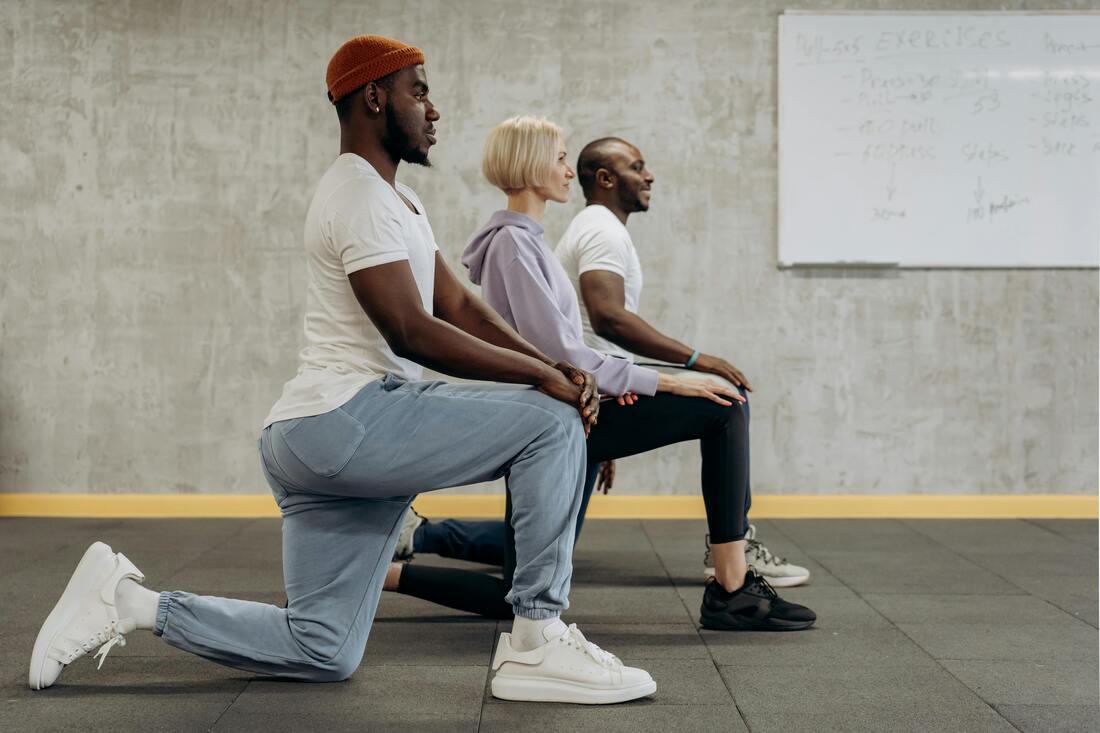
Regular stretching helps maintain flexibility in your hip flexors.
Even a few minutes of daily stretching can make a big difference:
- Incorporate simple stretches into your morning routine.
- Stretch before and after exercise.
- Focus on static stretches that hold a position for 30-60 seconds.
- Here are some examples you can easily do at home or work:
- Standing Quad Stretch: Hold one leg behind you, grasping your foot or ankle for a gentle stretch in the front of your thigh (quadriceps). Hold for 30 seconds each side.
- Kneeling Hip Flexor Stretch: Kneel on one knee with your other foot flat on the floor in front of you. Lean forward from your hips, keeping your back straight, until you feel a stretch in the front of your hip on the kneeling leg. Hold for 30 seconds each side.
- Pigeon Pose: This yoga pose offers a deep stretch for the hip flexors on the back leg. Start in a downward-facing dog position, then bring one knee forward and rest it between your hands. Slide your other leg back and straighten it as much as comfortable. Hold for 30 seconds each side.
5. Be Mindful of Your Sitting Position
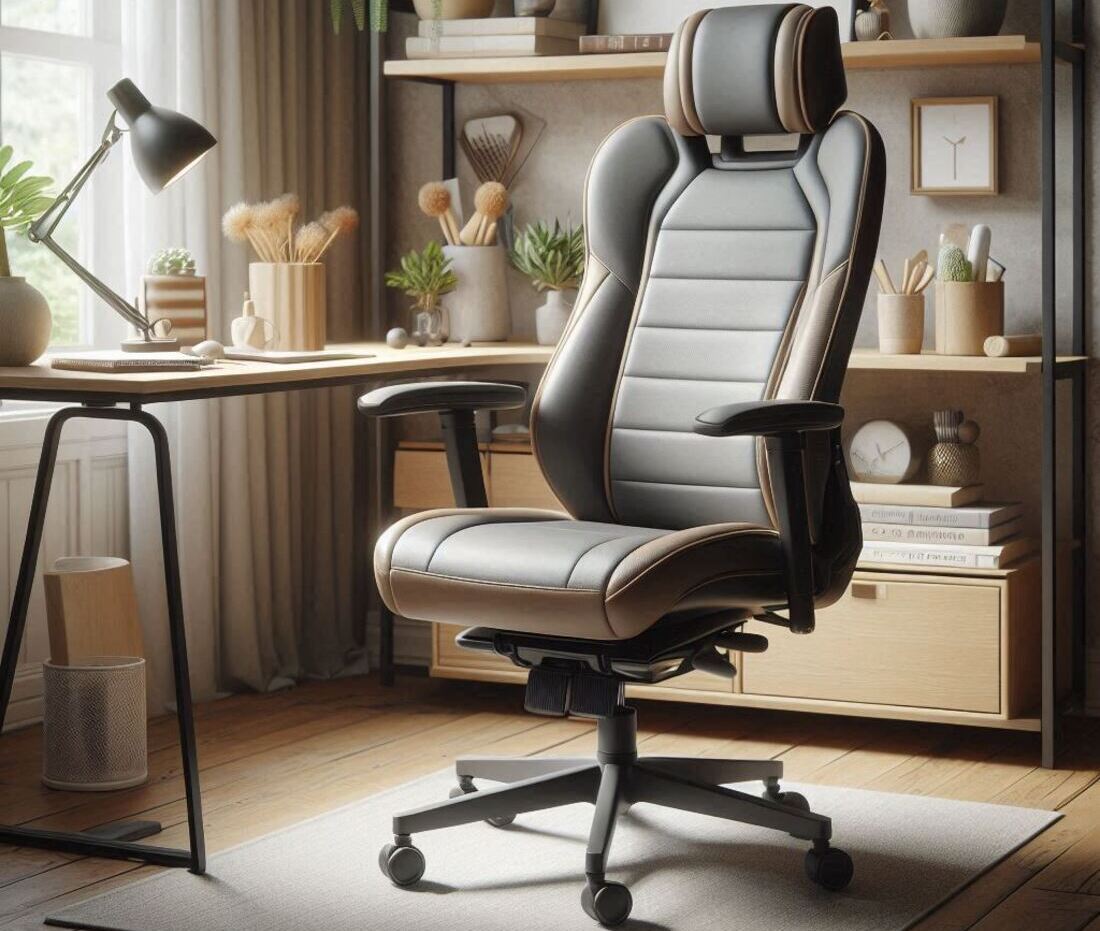
Sitting for long periods can shorten your hip flexors.
Here are some tips to improve your sitting posture:
- Choose a chair with good lower back support.
- Adjust the chair height so your knees are bent at a 90-degree angle and your feet flat on the floor.
- Place a small pillow behind your lower back for added support.
- Use a standing desk or ergonomic workstation if possible.
- Get up and move around every 30-60 minutes to interrupt prolonged sitting.
Frequently Asked Questions (FAQs) About Preventing Tight Hips
Here are some commonly asked questions regarding preventing tight hip flexors:
- Q: I already have tight hip flexors. Can these habits still help?
- A: Absolutely! While these habits are most effective for preventing tightness, they can also help improve your existing hip flexor flexibility. Combining these daily habits with a regular stretching routine will yield the best results.
- Q: How long will it take to see results from incorporating these habits?
- A: The timeframe for noticeable improvements can vary depending on the severity of your existing tightness. However, consistently practicing these habits for a few weeks can lead to increased flexibility and reduced discomfort.
- Q: Are there any stretches or exercises I should avoid?
- A: It’s generally best to avoid ballistic stretches (stretching with bouncing movements) or overly aggressive stretches that can strain your muscles. Additionally, if you experience any pain during an exercise, stop immediately and consult a healthcare professional.
- Q: Should I see a doctor or physical therapist for tight hip flexors?
- A: While these habits can help prevent and manage tightness, consulting a healthcare professional can be beneficial if:
- You experience persistent pain that doesn’t improve with these strategies.
- You have a history of injuries in the hip or surrounding areas.
- You’re unsure about the proper techniques for stretches or exercises.
- You have any underlying medical conditions that might affect your mobility.
- A: While these habits can help prevent and manage tightness, consulting a healthcare professional can be beneficial if:
Conclusion: Move with Freedom!
By incorporating these five simple habits into your daily routine, you can effectively prevent tight hip flexors and maintain optimal hip mobility.
Remember, consistency is key!
Make these habits a part of your lifestyle to move with freedom, ease, and confidence.
Additional Tips:
- Listen to your body and avoid pushing through pain during stretches or exercises.
- Consider incorporating a foam roller into your routine for self-myofascial release.
- Maintain a healthy weight, as excess weight can put additional strain on your hip flexors.
- Consult a healthcare professional for personalized guidance on preventing or managing tight hip flexors.
By following these tips and incorporating the strategies outlined above, you can take control of your hip health and move with ease and confidence.
Happy moving!

